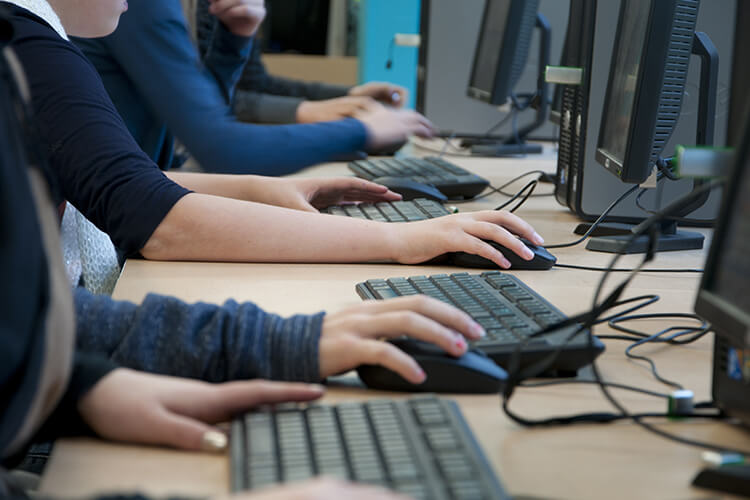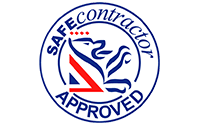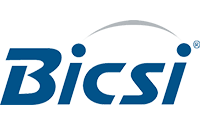Educational facilities up and down the country have a number of modern communication systems in place that allow students to access the internet and produce documents in order to complete courses at a variety of levels that include University courses, College courses and GSCE examinations.
However, many schools and charities cannot afford a reliable installation of a structured cabling system, and those that do, tend to have the cheapest installed because it helps them maintain their budgets easier. Although, that is no longer the case.
Schools can now have full ICT (Information and Communication Technology) installed that enables their students to have the necessary access to valuable resources that they need in order to progress their education.

So What Cabling Systems Do Schools Need?
Unlike large organisations, schools do not necessarily need the very latest technologies available to meet the requirements of the students. However, it is easily available, but does tend to cost a lot more than most budgets allow.
Many schools, especially larger sites tend to have more than one computer lab available. This is then connected to a central data centre that provides the school and machines with the relevant information and storage.
Traditionally, educational sites such as schools, colleges and universities tend to have internal networks designed and built because it allows them to access information and useful resources much faster. These are called Intranet systems (internal internet program).
In most scenarios, a school will need the following cabling installation completed:
- CAT5e Cable
- CAT6 Cable
- CAT7 Cable
- Fibre Optic Cable
Whenever we install a structured data cabling system for a school, we ensure that the entire installation has been thoroughly tested before progressing. All of the cabling systems are health and safety tested to make sure that any students are safe at every opportunity as well.
How Can ICT Help Schools?
Schools tend to have cabling installations completed as a result of demand and educational needs. Some specialist schools use the ICT that is available to teach in new ways, which have proven to increase engagement and better results.
As we are discussing schools, we thought we would look into other forms of technology that can be used amongst educational facilities. Many driving schools such as driveJohnson’s allow their instructors to use communication based technology to help progress their pupils, especially when they are taking their driving lessons in London.
The use of iPads and modern tablets, allow then to physically show pupils how to perform manoeuvres and certain driving routines.
Recap
Overall, the installation of structured cabling systems has enabled schools and multiple educational facilities to boost the level of learning and engagement amongst students.
Schools tend to install computer labs on a budget due to the large expenses that they can sometimes be associated with. However, there are affordable options available for head teachers around the UK.
Educational facilities such as colleges and universities will tend to install one of these following systems. That may include; CAT5e, CAT6 or CAT7 cable or even Fibre Optic Cabling if the budget allows.
Fibre cabling is the fastest form of data communication and can reach speeds of up to 200mbps across an entire network.









